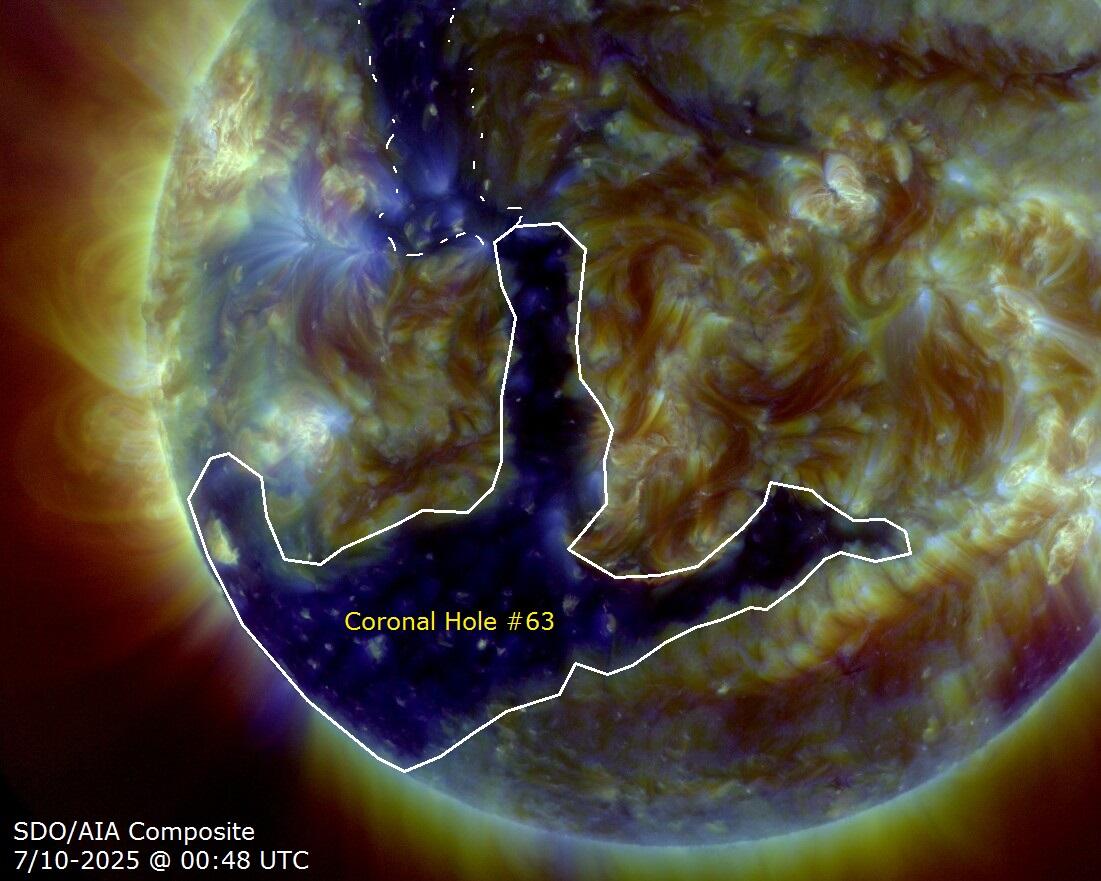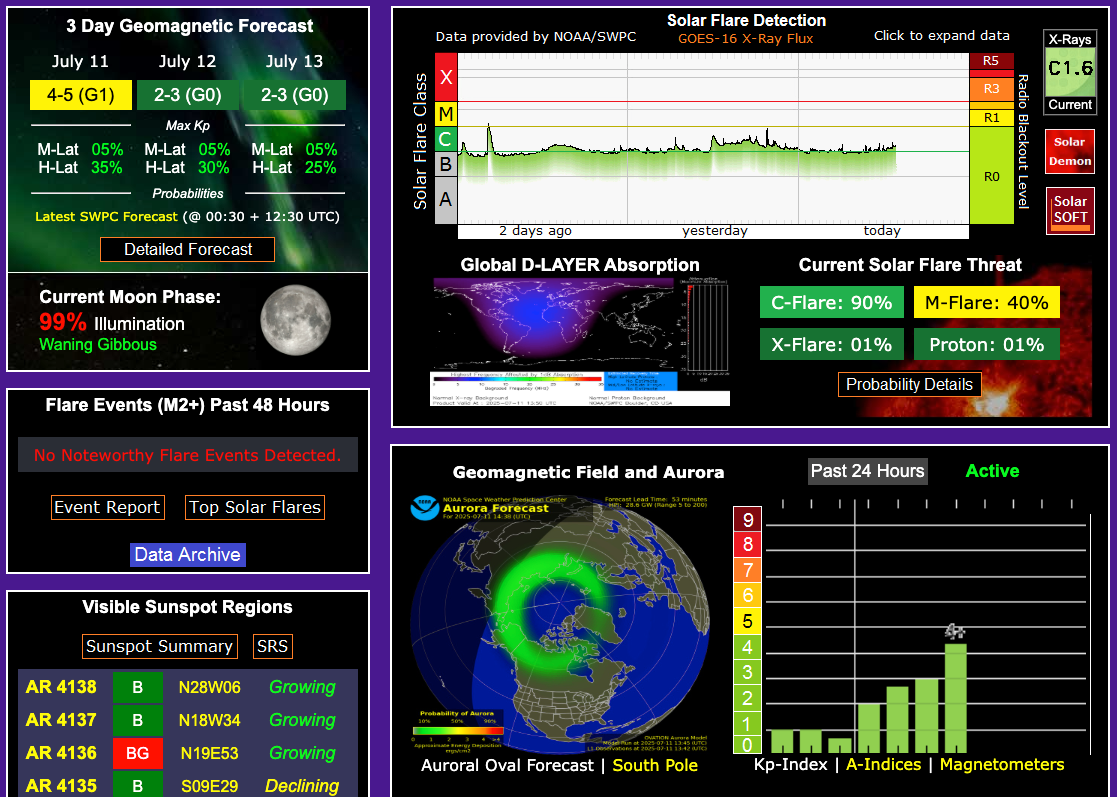What's going on with the weather? Is the Sun extreme activity messing up our atmosphere? Nobody knows!
What we know is the following; The Earth has been warming up slightly for the last 200 years, since the Little Ice Age which ended in the 18th Century. Since, we have been going back to a new "optimum" similar to the Middle Ages and Roman optimums which were on average about 1C hotter than what we have today. This would indicate that we have some more warming coming (if we accept this theory based on a cyclical understanding of the atmosphere.)
What could interfere with this cycle? 3 possible causes:
1 - The ocean current cycle called the "thermohaline circulation." Modeling thermohaline circulation's impact on the atmosphere is extremely complex and involves integrating various scientific disciplines, including oceanography, meteorology, and climate science to understand how heat, water vapor and CO2 are exchanged between different medium. Often, these deep currents are called fossil weather, as the heat can be transported for centuries before resurfacing, up to 2,000 years later.
2 - Space weather. This too is very complex since the Sun radiations vary according to an 11 year cycle (We have just passed the maximum) The Sun is consequently bombarding our planet with particles which will either strengthen or weaken our Earth magnetic field (the famous Van Hallen belts) When the belts are weaker, cosmic particles tend to reach lower in the atmosphere, generating a denser cloud cover which conversely reflects better our own solar radiations, cooling the planet.
3 - CO2 and H2O which both absorb energy as visible radiations and re-emit the energy as infra-red radiations which tend to be reabsorbed by the atmosphere instead of being radiated back into space.
In order to modelize and understand this complexity, we have climate data going back 150 years and satellite data (more accurate) but only going back about 50 years. So current models are built to mimic what happened mostly during the 20th Century which we know was a rather quiet and event-less period of human history.
What we are observing right now is that for the last 20 years, the jet Streams have been acting up, and instead of circling the poles as they used to do, they are now creating loops forcing cold air down and hot air up to the Arctic. This is why we see all the recent wild swings in temperatures jumping from extremely hot to very cold rapidly, relatively speaking, with wild thunderstorms and torrential rains in between.
Is this normal? Nobody knows because the precise historical records are not long enough. We know that such events have happened in the past but were they more frequent than today at some time, we cannot be certain.
What could go wrong? History and especially geology are telling us that a lot could go very wrong. A Carrington event, which last took place in September 1859, which is a mass ejection of particles by the Sun could happen at any time during a solar maximum and would fry many satellites, crash the electric grid as well as having an unknown impact on the atmosphere. We are aware of several such events during the last 2,000 years, so they are neither rare nor very frequent.
The West is currently obsessing about CO2 which to my opinion is a secondary issue. We would do better at this stage to invest billions to protect the great forests of Africa, South East Asia and South America than waste money on dubious solution which in any case will have almost no impact neither in the short nor in the long term. Most CO2 from now on will be produced by developing countries and what Europe does in the coming years especially will have no impact whatsoever on the weather.
But saying such things in countries like Germany nowadays would immediately label you as a heretic and guaranty being cancelled on social medias. Similarly hot weather in England is reported as proof of Global Warming but unseasonable snow storms in Russia or Argentina at the same time are brushed under the carpet as inconvenient facts.
Having studied carefully the variables in climate models for over 20 years, the only thing I am certain about is that we still know very little about the weather. There are still many emergent factors which are escaping our understanding and can therefore raise their heads at any time, to the utmost surprise of climate scientists which only recourse is to rush to adjust their models the Bayesian way by including the new data as fast as they can.
Ben Davidson of Space Weather News issued a warning on X overnight about an Earth-facing coronal hole that could eject fast-moving solar wind toward Earth, potentially triggering elevated geomagnetic activity, including auroras and geomagnetic storms. The high-speed stream is expected to reach Earth within days.
"Now THAT is a coronal hole. Whoa momma," Davidson said, adding,"Excess magnitude/volcanic watch is in play now. Solar wind enhancement expected Saturday/Sunday/Monday."
Solarham, a solar storm monitoring website, warned, "The onset of a coronal hole stream was not expected until within the next few days."
On Thursday, Solarham described the "Coronal Hole to Face Earth" that will begin impact Earth this weekend:
A large coronal hole will begin to face Earth this weekend. A solar wind stream flowing from this zone is expected to reach Earth beginning July 12th with the main influence by July 13/14. It is possible that a geomagnetic storm watch will be issued in the days ahead.
As of Friday morning, Solarham data shows all quiet across the Western Hemisphere.
For context, disturbances in Earth's magnetosphere—triggered by solar activity such as coronal mass ejections (CMEs)—can impact the modern economy in multiple ways, including degrading satellite systems and GPS, disrupting power grids and high-frequency communications, and more.
A Carrington-class storm would be absolutely catastrophic for the world, potentially causing trillions of dollars in economic damage globally.



No comments:
Post a Comment